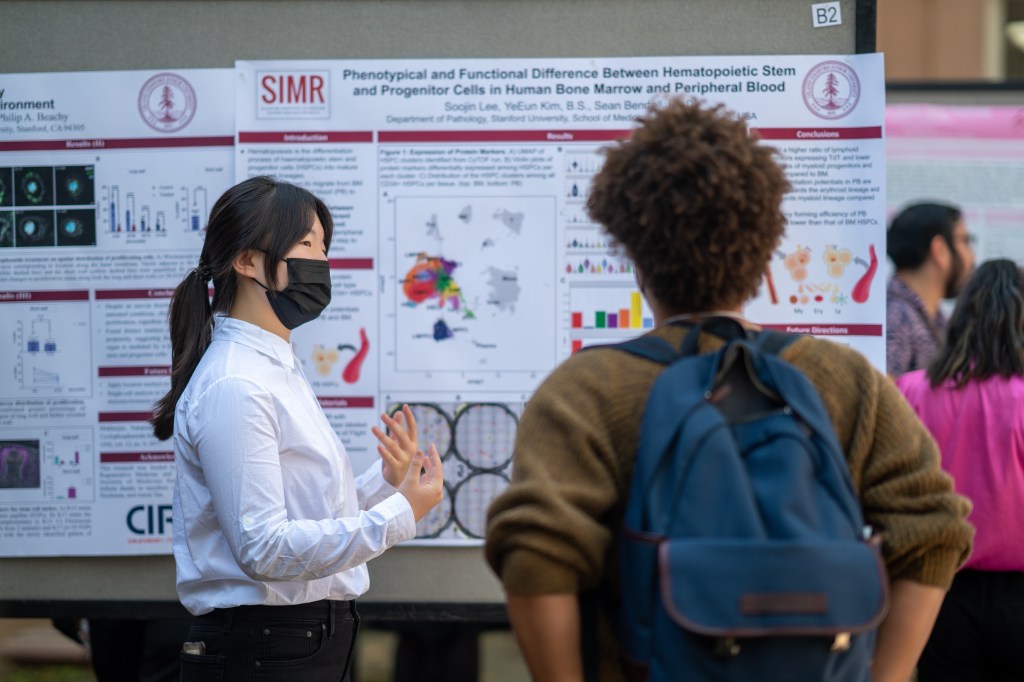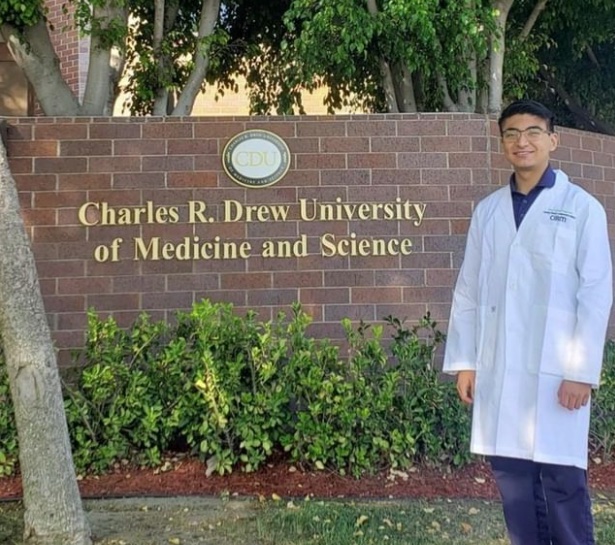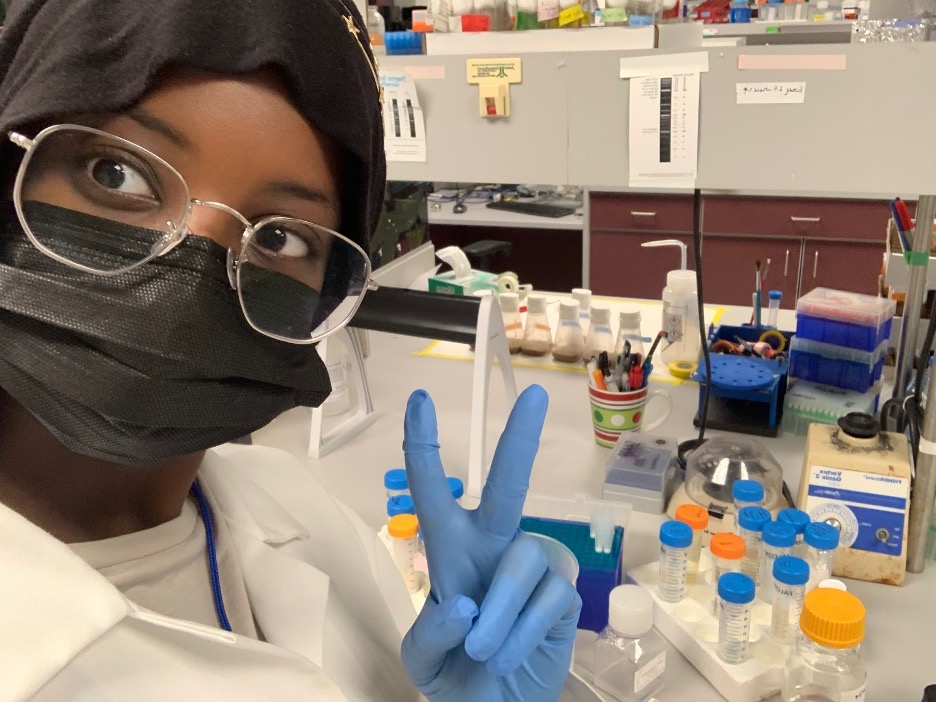When I was in high school I spent my summers working in a shoe shop and playing soccer with my mates. It never occurred to me that I could do something really worthwhile with that time. So, when I meet the high school students who took part in the California Institute for Regenerative Medicine’s SPARK program I realized I had wasted a lot of time.
For those not familiar with SPARK, it stands for Summer Program to Accelerate Regenerative Medicine Knowledge. It’s a summer program offering high school students a chance to work in a world-class stem cell and gene therapy research facility. The quality of the work they do is truly remarkable. By the end of the summer they are doing projects that many full-time researchers would be proud of.
As part of that program the students also must write blogs and post photos and videos to Instagram to chart their progress. The quality of that work is equally impressive. Last week we posted items about the two best blogs from the students. But there were so many other fine entries that we thought it would be worthwhile to highlight elements of those.
For instance, Ricardo Rodriguez at Charles R. Drew University had some interesting observations on life, even when it’s not always working out the way you planned:
“Cancer is not life going wrong so much as it is life changing. If mutation is random, then so is life. That beautiful randomness that drives evolution and extinction, change and stagnation, life and death, and for you to think that that part of your body could be simple in any way, whether it be simply evil, simply inconvenient, simply structured, is simply hilarious. There is beauty in your body’s complexity, adaptability, and resilience, and these attributes are not barred from any part of your life.”
Mindy Rodriguez at Beckman City of Hope says she learned valuable lessons from working with mice, creatures she previously considered scary, dirty and vicious, but later came to like:
“The CIRM SPARK program reinforced the value of facing my fears by exploring the unknown and most importantly taught me to be comfortable with the uncomfortable. In both cases, I found that it is our response to fear that shapes who we are. We can either run away from the thing that scares us or take each moment as a learning opportunity, embracing change over comfort.”
Manvi Ketireddy at UC Davis had a similar experience, learning to accept things not working out.
“A researcher must be persistent and have the ability to endure lots of failures. I think that is what I love about research: the slight possibility of discovery and answers amid constant defeat is one of the greatest challenges to exist. And boy, do I love challenges.”
Ameera Ali at Sanford Burnham Prebys says she had struggled for years to decide on a career direction, but the internship gave her a fresh perspective on it all.
“Growing up, I never really knew what I wanted to do for a living, and I think that’s because I wanted to do everything. In kindergarten I wanted to be a paleontologist. In 5th grade I wanted to be the CEO of The San Diego Union Tribune, and in 9th grade I wanted to be a physicist at NASA. By 10th grade I was having an existential crisis about what to do with my life, and so began the search for my purpose at the ripe old age of 15.
So now, writing this blog, I never thought I’d end up spending so much of my time in a room filled floor to ceiling with fish tanks. You might be wondering, how does one end up going from physicist to fish farmer? Well, I’m not completely sure to be honest, but it’s been a very fun and interesting experience nonetheless.”
She says by the end she says what initially felt like mundane chores were actually moments worth celebrating.
“These aquatic friends have taught me a lot of valuable life lessons, like being appreciative of the little things in life, caring for others and see things from a different perspective, and realizing that
working in a biology lab allows me to explore my passions, be creative, and be a mother to hundreds of fish children on the side.”
SPARK attracts students from all over California, and it’s that diversity that makes it so important.
My name is Alexa Gastelum and I am from a small border town called Calexico. It is located in the Imperial Valley around two hours away from San Diego. I found out about this Internship from my Math teacher and Mesa Coordinator. They discussed what it was about, and I immediately knew that I wanted to apply. I have always been interested in doing labs and researching so I knew that it would be the perfect opportunity for me. It is not normal to be presented with an opportunity like this from where I’m from because it is a small and low-income town. When I told my family about this internship they were very supportive. They agreed that I needed to apply for it since it was an extremely good opportunity. Even though I would need to spend my summer away from my hometown, they were okay with it because they knew that I could not miss out on the opportunity. I decided to write my personal statement on a disease that hit close to home with my family which was Alzheimer’s. It is a disease that runs in my family and my uncle passed from it. I believe that this is what sparked my interest because I wanted to understand how it worked and how it affects the brain.
At the SPARK event Alexa told me her grandmother was so proud of her for being accepted at the program that she was going around town telling everyone about it. Her grandmother, and all the other grandmothers and mothers and fathers, had every reason to be proud of these students. They are remarkable young people and we look forward to following their careers in the years to come.




